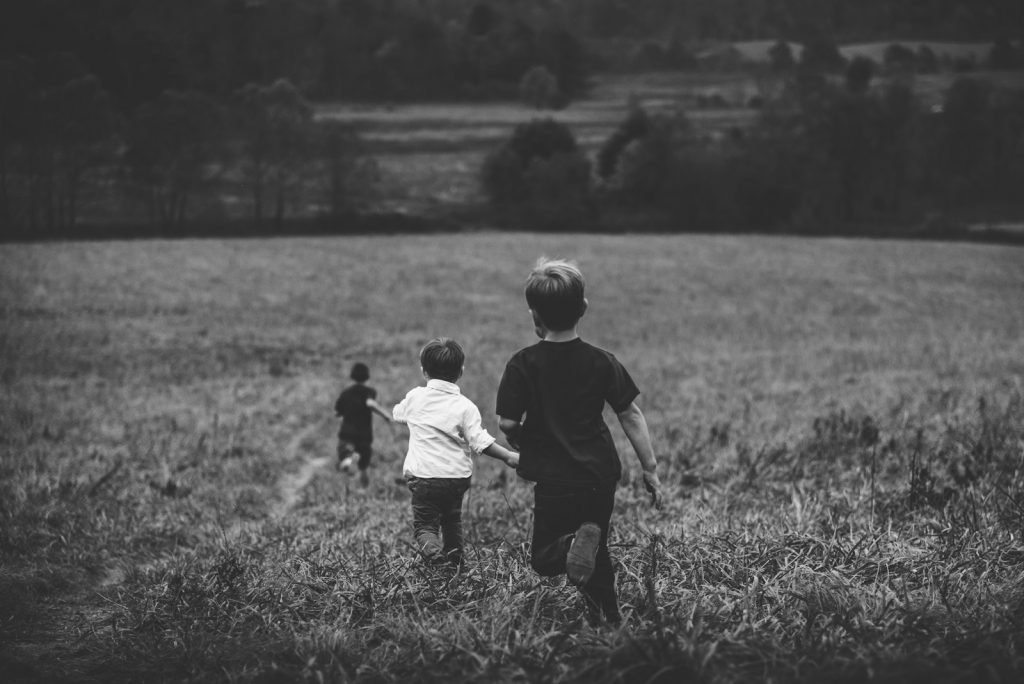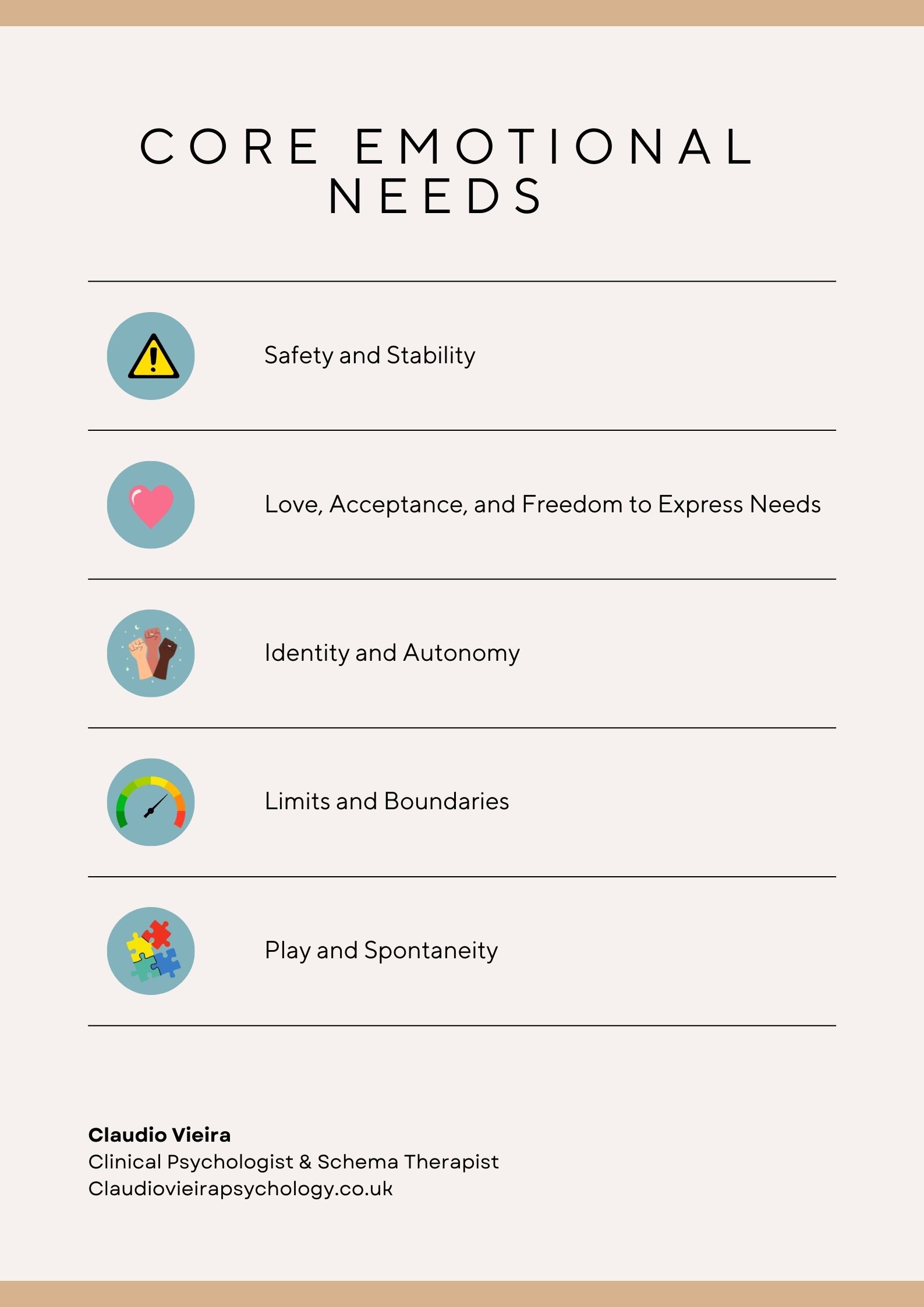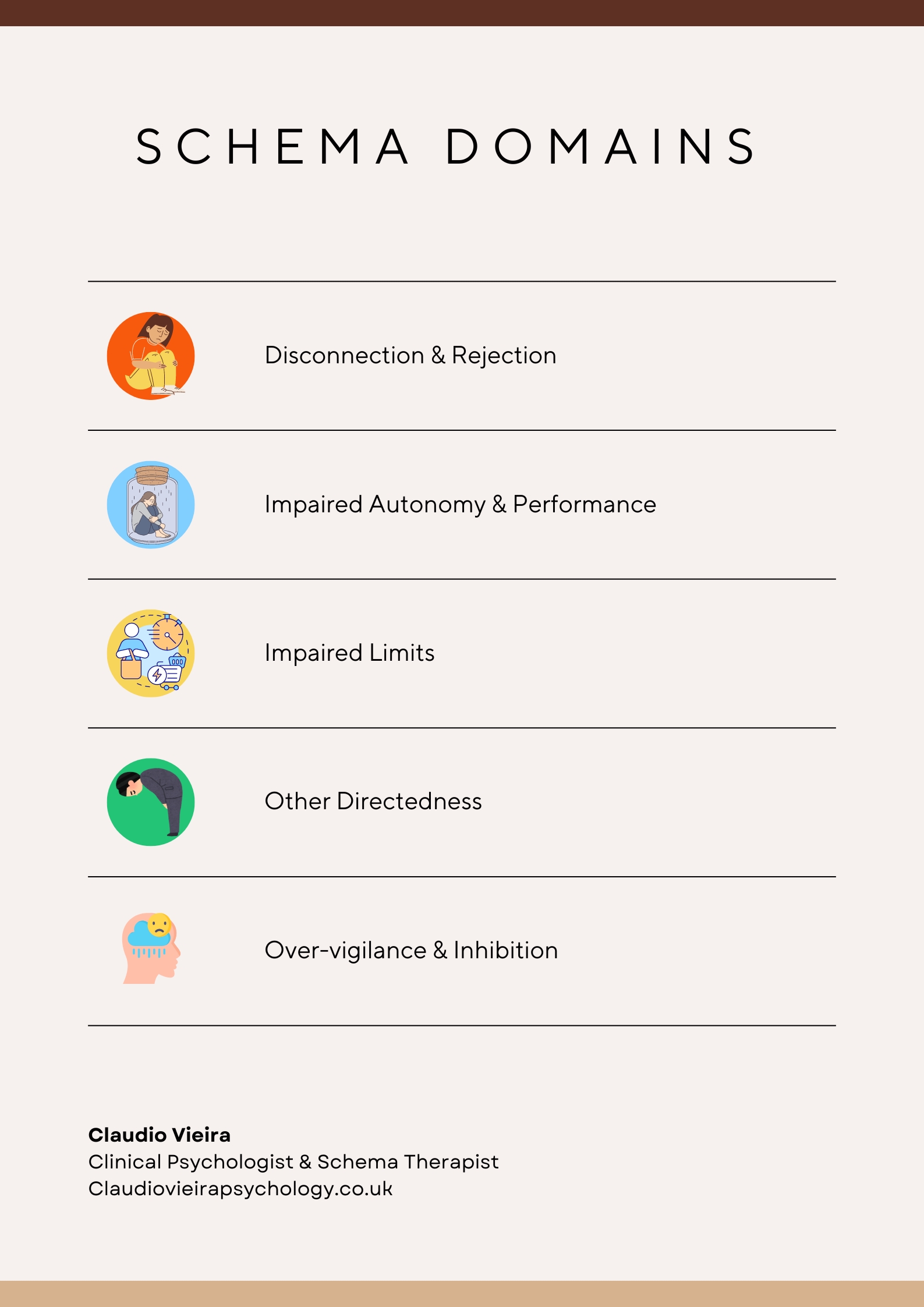
Early maladaptive schemas are nothing but the lenses through which we see the world. Imagine you trying these purple-tinted glasses. You will see the world in purple. These glasses will distort the colours of the world and will have an impact on your perception.

Schemas are our psychological tinted glasses. Often developed in the context of our childhood experiences, these glasses incorporate our beliefs about ourselves, others, and the world. They play a big role in the way we think, feel, and behave in social contexts.
When you look back at your life, do you recognize any of these patterns?
- You tend to put other people’s needs above your own.
- You tend to see yourself as a failure, someone who, no matter how hard you try, you feel you continue to fail in your life.
- You continue to find yourself in problematic relationships. You tend to be attracted to cold / emotionally disconnected partners
- You feel that, soon or later, people who are important/close to you will abandon or reject you
- You cannot be settled for the second best. You have very high expectations of yourself, or others, and this often brings significant anxiety and pressure in your life
These patterns of relating to yourself and others are what we call schemas.
They are often developed in the context of our childhood experiences and not having our core emotional needs met. Think about little John who is 5-year-old or little Anne who is 3 years old. What do John and Anne need to grow up and become healthy adults?
The schema model proposes that, alongside key practical needs (e.g. food, clothes, etc), every child has a set of core emotional needs that need to be met in their early life. When those needs are not met or when they are repeatedly frustrated, schemas develop and distort the way they see the world.
What are those core emotional needs?

Safety & Stability – children need to form secure attachments with their primary caregivers. Through secure attachments, children learn to develop trust, and intimacy, and to understand their emotional world. Secure attachments occur when caregivers look after their children in a way that makes them feel safe, protected, accepted and loved. This will inform the way children will relate to others and understand themselves in relationships.
Love, Acceptance, and Freedom to Express Needs – children need to feel they can express their feelings and needs, and have a nurturing response from the main caregivers. When children are encouraged to express their emotions, they develop their emotional intelligence and self-awareness and will become better able to communicate thoughts and feelings to others.
Identity & Autonomy – autonomy plays a significant role in promoting healthy development, self-agency, and a sense of identity in children. They need to be encouraged to explore the world and not to become overly dependent on their caregivers. It is crucial they are given the chance to make decisions, engage in age-appropriate responsible tasks, and receive constructive feedback.
Limits & Boundaries – a clear sense of limits and boundaries allows children to feel safe and contained. They often use boundaries to make sense of the world, to know where they stand, and to develop appropriate privacy, self-discipline and respect for others. Some children experience very few limits due to neglectful parents whereas others may have too many limits set by punitive or controlling caregivers.
Play & Spontaneity – play is a key task in childhood development. Play encourages self-expression, creativity, problem-solving, role-playing, and imagination. In addition, it fosters a sense of joy, curiosity, and silliness. Children who have this need frustrated may experience difficulties as adults being spontaneous, creative, and engaging in funny activities. This can often lead to mental health difficulties including stress, anxiety, and low mood.
Putting all together, if we were raised in an environment where the need for Safety and Security was not met (e.g. repeat exposure to domestic violence), this would have an impact on the way we see others and ourselves as adults. I might be more likely to see myself as someone vulnerable to exploitation and abuse, others as abusive and untrustworthy, and the world as an unpredictable and unsafe place. This, in turn, might impact my availability to form/maintain intimate relationships and feel safe in general.
On the other hand, if my need for expression of needs and emotions was repeatedly frustrated as a child (e.g. being punished for expressing anger, not being understood when expressing sadness, or being shut down when expressing happiness and joy), as an adult I am more likely to see the world through the Don’t Express Emotions Glasses. When those glasses are on, I find it difficult to express my emotions to others and I expect other people to not understand how I feel. This might then have an impact on how I relate to people and on how I express my feelings.
As stated before, when these core emotional needs are frustrated, we are more likely to develop schemas. There are 15-18 different schemas and they are organized in 5 different domains.

In the next post, I will explore the individual schemas in more detail, how they are related to the frustration of core emotional needs, and how they impact the way we relate to ourselves and others.
No responses yet